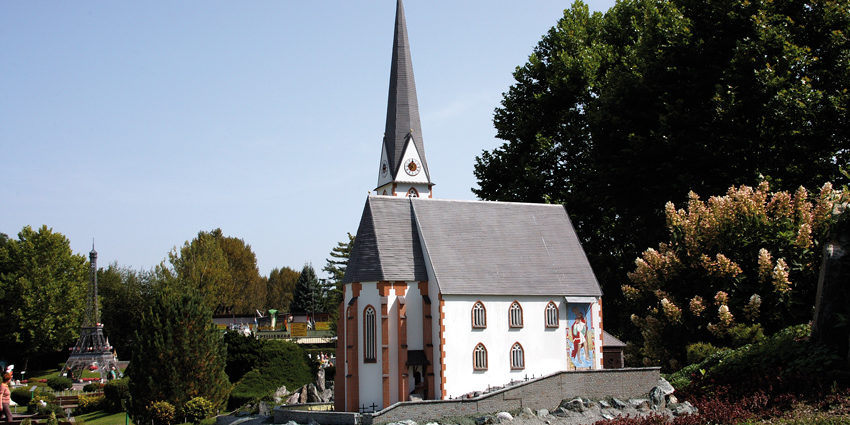The parish and pilgrimage church at the foot of the Grossglockner is a well-known place of pilgrimage. The pilgrims’ destination is the relic of the Holy Blood. The church with its distinctive tower has a neo-Gothic and Baroque interior and was completed in 1491. As early as 1271 a chapel is mentioned. The village, that is located 1288 m above sea level, was named Holy Blood (Heiligenblut) after the relic. Legend has it that Danish Prince Briccius carried a phial with Christ’s blood on him when he was buried by an avalanche on his return from Constantinople around 914. His corpse and the blood relic were found when three ears of wheat grew out of the blood and broke through the masses of snow. The first model of the church was built as early as in 1959 at Minimundus. Some years ago, it had to be removed. On the occasion of the 50th anniversary in 2008 it was decided to build a new model of the church.

